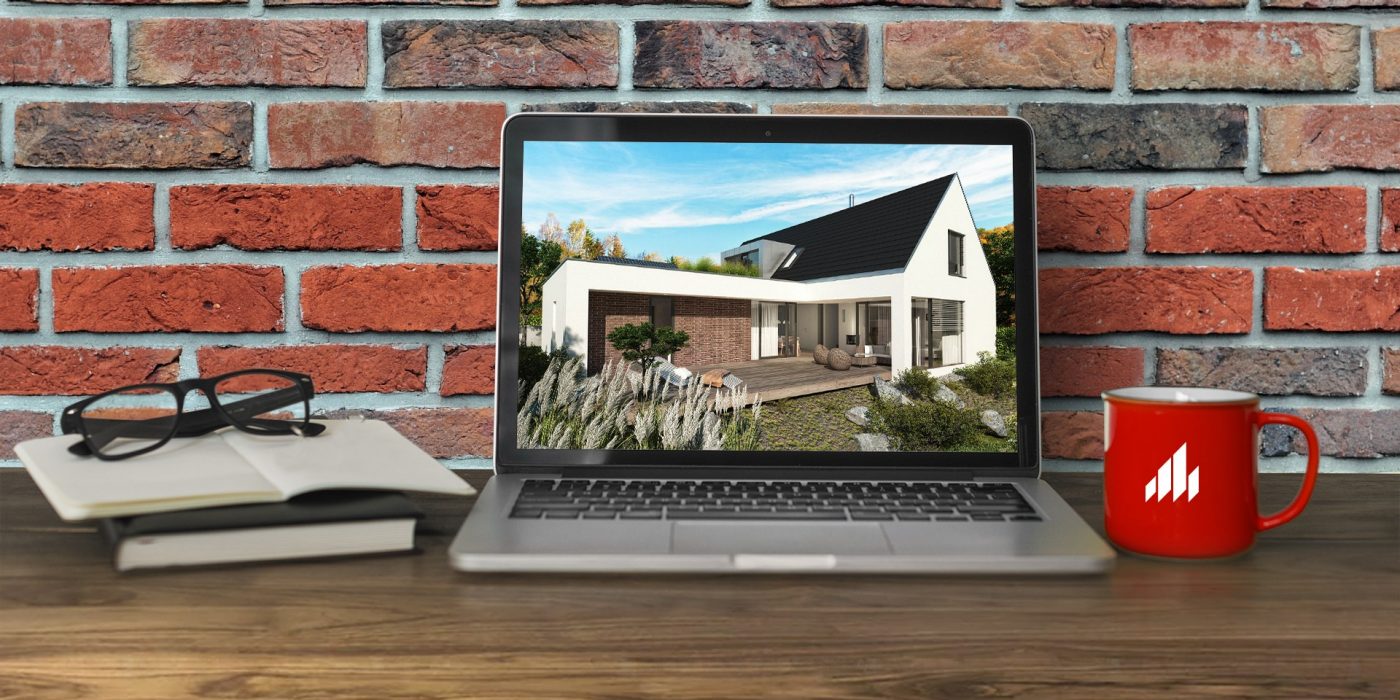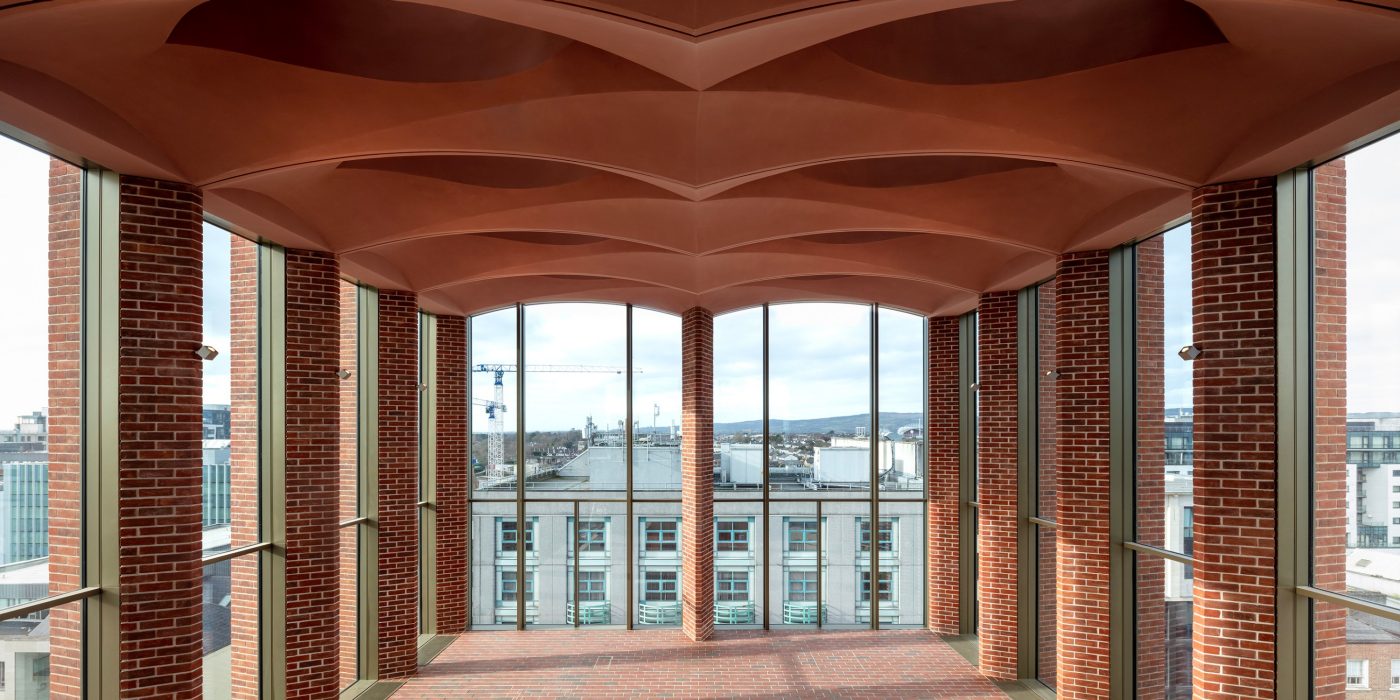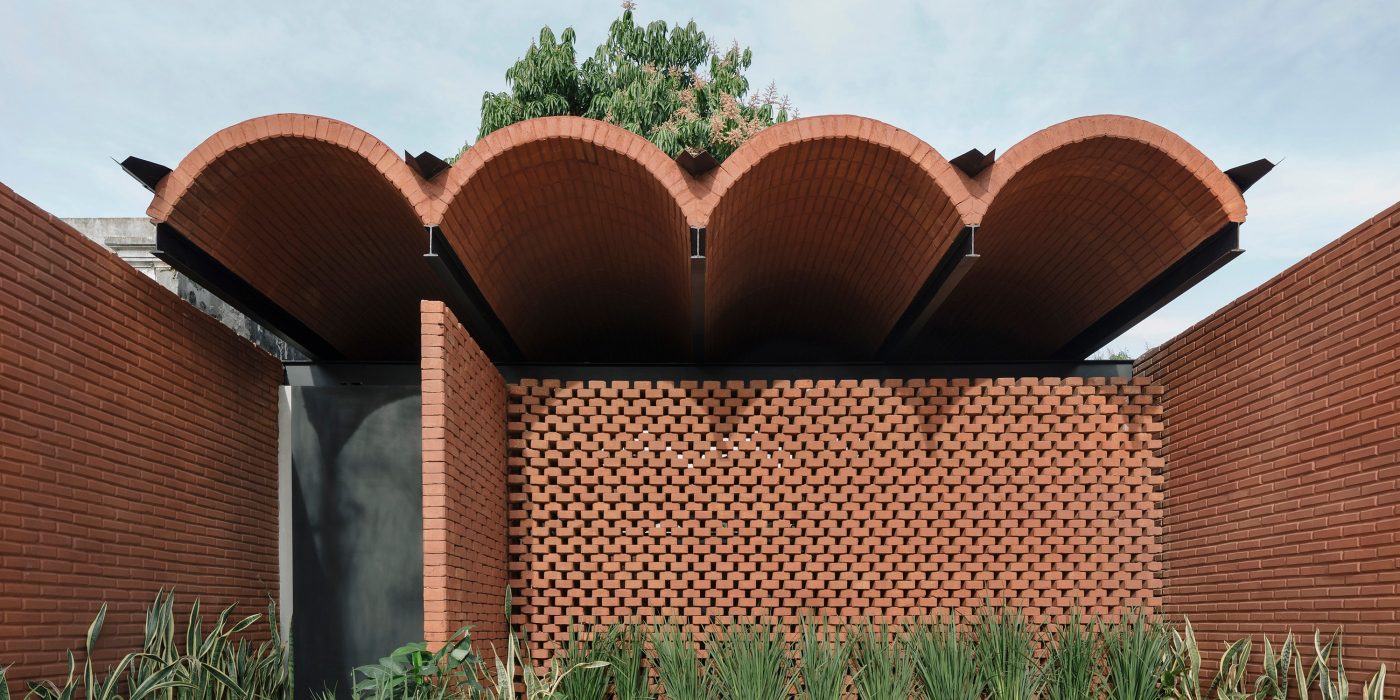The city of Jingdezhen in China has a long history of porcelain production. The Imperial Kiln Museum focuses on the reinterpretation of traditional kilns, harking back to a local tradition and the history of China.

Facts & Figures
Project name: Jingdezhen Imperial Kiln Museum, Jingdezhen/Jiangxi, China
Architects Studio Zhu Pei; Architectural Design & Research Institute of Tsinghua University Beijing/China
Client Jingdezhen Municipal Bureau of Culture Radio Television, Press Publication and Tourism, Jingdezhen Ceramic Culture Tourism Group
Year of completion 2020
Category Sharing public spaces, Grand Prize Winner & Category Winner
Product used Facing bricks









.jpg)
.jpg)